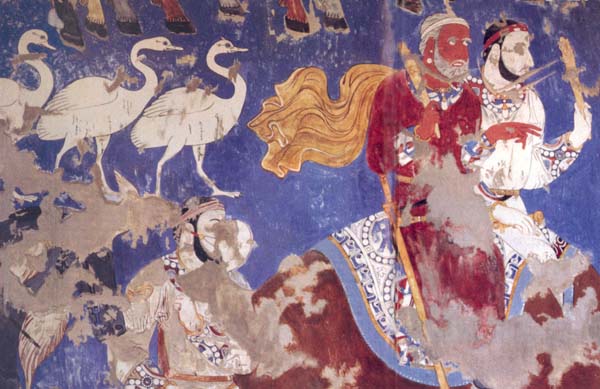
In 1881 the great French novelist Gustave Flaubert published his Dictionary of Accepted Ideas. If we were somehow granted permission to add just one item to this revered classic, it should be “Samarkand: a name that makes you dream.”
One of the most glorious stops on the Silk Road, which connected China and the Mediterranean (and everything in between), Samarkand lies in present-day Uzbekistan, in the valley of the Zerafshan River. In 1371 A.D. the conqueror Tamerlane (or Timur) chose the site as his capital.a During the following three centuries, under the rule of Tamerlane and his successors (his descendants, the Timurids, followed by the Uzbek dynasties of the Shaibanids and Janids), Samarkand underwent a tremendous architectural boom. Mosques and madrasas (Muslim teaching institutions) covered with mosaics and topped with blue cupolas arose from the rugged terrain, as did magnificent gardens. Indeed, the turquoise domes and ornamented buildings from this period are what generally come to mind when the name “Samarkand” is invoked.
Already a library member? Log in here.
Institution user? Log in with your IP address.

